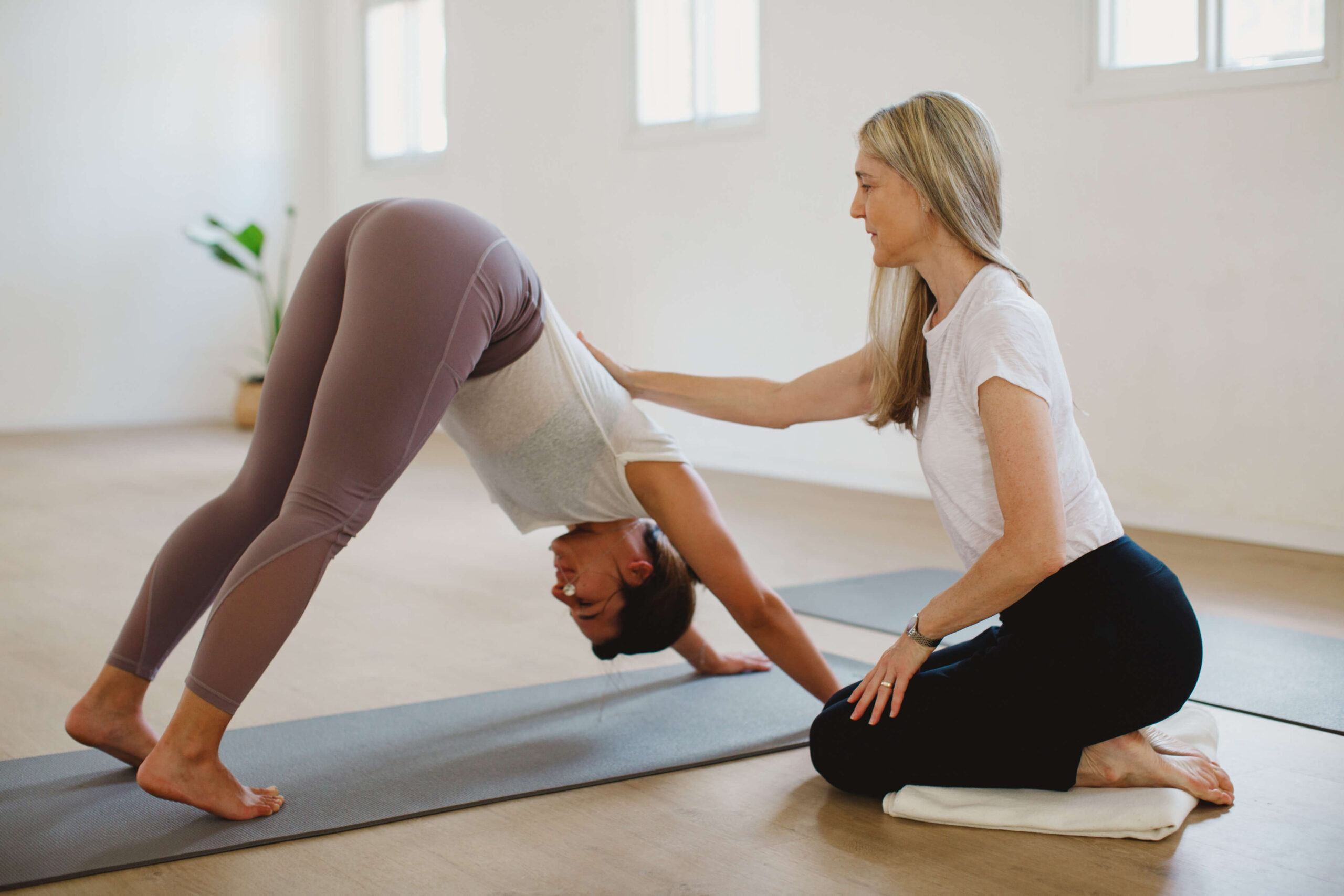But it doesn’t mean you have to stop participating in מורת יוגה completely until your pregnancy is over. In fact, participating in yoga may help pregnant women cope with the physical and mental changes that go along with it.
There’s no denying the fact that becoming pregnant will alter a woman’s regular yoga schedule, not to mention her entire life. While a pregnant woman may not be able to participate in yoga with the same frequency that she did before becoming pregnant, or participate in all of the exercises as she might have done before, but she can still enjoy some of the benefits of yoga by making a few changes to her routine.
According to yoga instructors and medical experts, yoga can aid pregnant women by encouraging breathing and relaxation. Anyone who has participated in a child birthing class, especially a Lamaze birthing class, is no doubt familiar with the importance of breathing exercises in the process. While there is the more deliberate breathing exercises associated with a child birthing class (think the “hee hee hoo hoo” type of deliberate breathing), there is also the deep breathing exercises that are designed to relax and calm the body during delivery and is closely related (if not directly related) to the types of breathing exercises taught in a yoga class.
By utilizing the moderate breathing exercises taught in yoga, expectant mothers can reap the benefits of relaxation at all stages of the pregnancy experience, from the pre-natal phase through labor to birth and afterwards. The breathing techniques connected to yoga can help calm the mind and the body, eliminating physical and mental stress which can be harmful during pregnancy.
As stated, there are precautions that need to be taken by pregnant women when participating in yoga, many of them geared toward specific trimesters. The following are suggestions for how to incorporate yoga into each trimester of your pregnancy.
Women in the first trimester of pregnancy who regularly attend yoga classes should inform their instructor of their condition so that the instructor can suggest or help them with any modifications to the routines. And if you are pregnant and experiencing “morning sickness”, don’t feel guilty about pulling out of a class, skipping a few of the more strenuous poses or moving to a less difficult class. Take morning sickness as a signal that it’s time for you to change your yoga routine.
On the other side, if you are a pregnant woman who has never taken part in a yoga class but have heard about the benefits of yoga for pregnant women, you may wish to seek out a prenatal yoga class in your community. Many yoga studios today have special classes for pregnant women, where you can also consult with other expectant mothers in the class and share information. Even if you can’t find a prenatal yoga class in your community, don’t fret; there are many videos and DVDs available on the subject of prenatal yoga that you can view and use in your home.
Yoga experts say there are specific poses and movements that are well-suited for women in their first trimester of pregnancy, movements that promote flexibility, particularly in the hip area that can help make the actual birth process easier. Yoga experts recommend expectant mothers practice poses such as the Triangle, Knee to Ankle, Warrior II, the Pigeon, Ardha Chandrasana and Baddha Konasana. Yoga instructors also recommend positions that can actually affect the birth process, such as Cat-Cow, in which the participant is on all fours, because it helps put the baby in the prime birthing position inside the woman’s body. In a similar vein, yoga experts discourage pregnant women from performing poses that stretch the muscles, particularly the abdominals, too far, since pregnancy increases the production of the hormone relaxin, which softens connective tissue and allows the uterus to expand.
In the second trimester, morning sickness has usually passes and this can be a perfect time for those who have never tried prenatal yoga to begin the practice. Regardless of the level of experience with yoga, expectant women who perform yoga at this stage of their pregnancy should use caution and refrain from exerting themselves or performing moves that require extreme stretching.
Experts recommend they refrain from jumping, jump-throughs or rolling in their transition between movements, but step or crawl instead. For instance, with a move such as the sun salutation, yoga instructors recommend that pregnant women keep their chest no more 85 degrees from the floor in the forward position of the move and place their hands in front of their feet as opposed to the sides. Also, they recommend avoiding extreme twists which could cause placental abruption, poses that press the heel of the foot into the uterus while sitting or seated in the lotus and half-lotus positions unless you are able to keep the position loose and not twist the knees too much.
